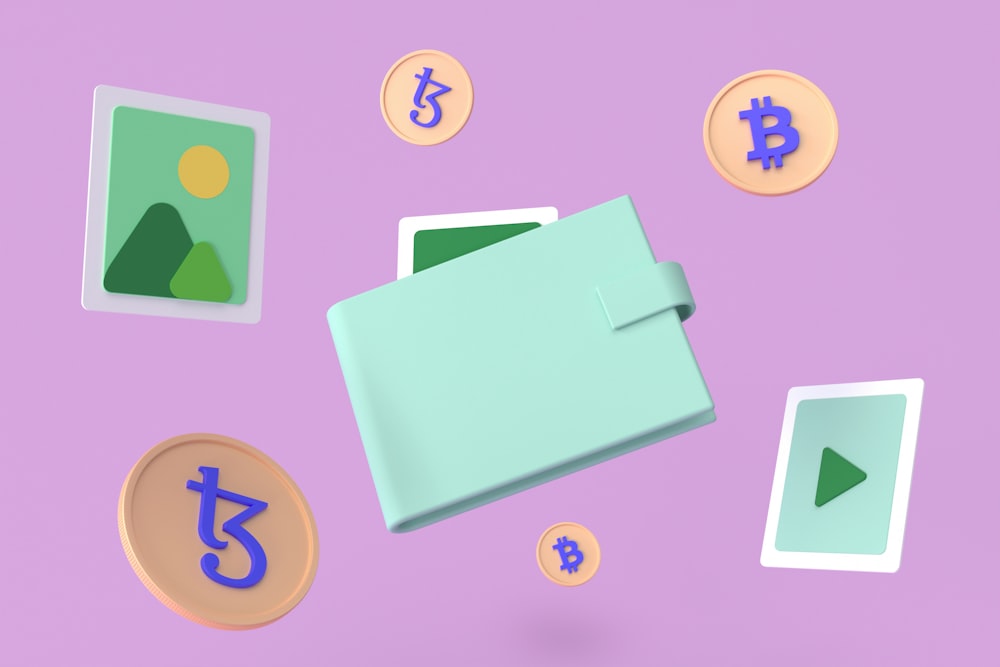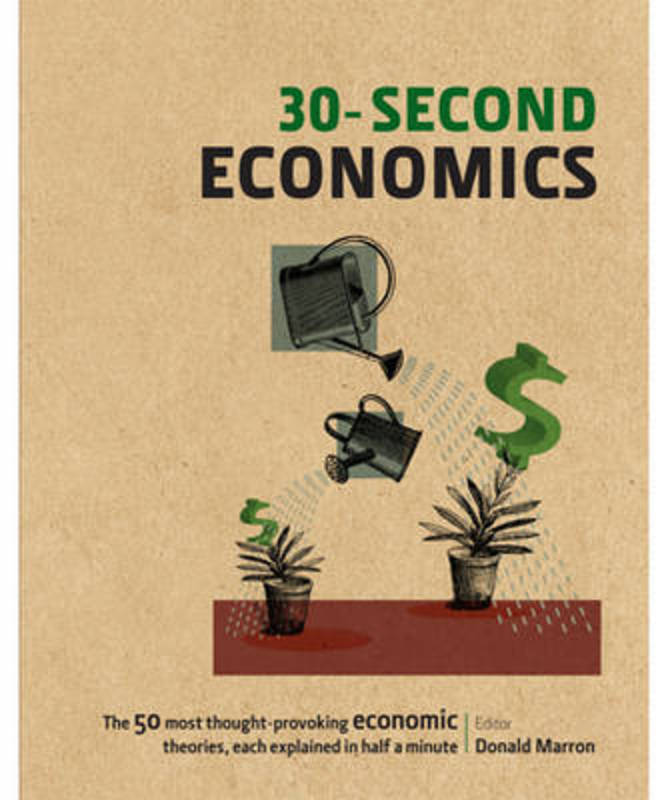



Read through the resources below to get an introduction to economics and how they work, including an understanding of supply and demand, macroeconomics and microeconomics.
Economics is a social science concerned with the production, distribution, and consumption of goods and services. It studies how individuals, businesses, governments, and nations make choices about how to allocate resources. Read through this website to learn more.
In this unit, you'll learn fundamental economic concepts like scarcity, opportunity cost, and supply and demand. You will learn things like the distinction between absolute and comparative advantage, how to identify comparative advantage from differences in opportunity costs, and how to apply the principle of comparative advantage to determine the basis on which mutually advantageous trade can take place between individuals and/or countries.
Macroeconomics focuses on the performance of economies – changes in economic output, inflation, interest and foreign exchange rates, and the balance of payments. Poverty reduction, social equity, and sustainable growth are only possible with sound monetary and fiscal policies. Read through the resources on this website to learn more.
When the price of a product you want to buy goes up, it affects you. But why does the price go up? Is demand greater than supply? Does the cost go up because of the raw materials needed to make it? Or, is it a war in an unknown country that affects the price? To answer these questions, we need to turn to macroeconomics. Read through this website to learn more.
This article gives a brief explanation of microeconomics and how they impact our day to day lives.
Economics is divided into two categories: microeconomics and macroeconomics. Microeconomics is the study of individuals and business decisions, while macroeconomics looks at the decisions of countries and governments. Though these two branches of economics appear different, they are actually interdependent and complement one another. Many overlapping issues exist between the two fields. Read through this article to learn more.
The law of supply and demand is a theory that explains the interaction between the sellers of a resource and the buyers for that resource. The theory defines the relationship between the price of a given good or product and the willingness of people to either buy or sell it. Generally, as price increases, people are willing to supply more and demand less and vice versa when the price falls. The theory is based on two separate "laws," the law of demand and the law of supply. The two laws interact to determine the actual market price and volume of goods on the market. Read through this article to learn more.
We all know that economics is a social science, which deals with production, distribution and consumption functions. It is all about making choices regarding the allocation of scarce resources, so as to make their best possible use and satisfy human wants and needs. In economics, we often go through the terms needs and wants, but have you wondered about their differences. Read through this article to learn about this difference.
Scarcity is one of the key concepts of economics.. It means that the demand for a good or service is greater than the availability of the good or service. Therefore, scarcity can limit the choices available to the consumers who ultimately make up the economy. Read through this article to learn more.
Opportunity costs represent the potential benefits an individual, investor, or business misses out on when choosing one alternative over another. Because opportunity costs are, by definition, unseen, they can be easily overlooked. Understanding the potential missed opportunities when a business or individual chooses one investment over another allows for better decision-making. Read through this article to learn more.
Specialization is a method of production whereby an entity focuses on the production of a limited scope of goods to gain a greater degree of efficiency. Many countries, for example, specialize in producing the goods and services that are native to their part of the world, and they trade them for other goods and services. This specialization is thus the basis of global trade, as few countries have enough production capacity to be completely self-sustaining. Read through this article to learn more.
Trade is a basic economic concept involving the buying and selling of goods and services, with compensation paid by a buyer to a seller, or the exchange of goods or services between parties. Trade can take place within an economy between producers and consumers. International trade allows countries to expand markets for both goods and services that otherwise may not have been available. It is the reason why an American consumer can pick between a Japanese, German, or American car. As a result of international trade, the market contains greater competition and therefore, more competitive prices, which brings a cheaper product home to the consumer. Read through this article to learn more.
Comparative advantage is an economy's ability to produce a particular good or service at a lower opportunity cost than its trading partners. A comparative advantage gives a company the ability to sell goods and services at a lower price than its competitors and realize stronger sales margins. Read through this article to learn more.
A centrally planned economy, also known as a command economy, is an economic system in which a central authority, such as a government, makes economic decisions regarding the manufacturing and the distribution of products. Centrally planned economies are different from market economies, in which such decisions are traditionally made by businesses and consumers. Read through this article to learn more.
The free market is an economic system based on supply and demand with little or no government control. It is a summary description of all voluntary exchanges that take place in a given economic environment. Free markets are characterized by a spontaneous and decentralized order of arrangements through which individuals make economic decisions. Based on its political and legal rules, a country's free market economy may range between very large or entirely illegal. Read through this article to learn more.
The invisible hand is a metaphor for the unseen forces that move the free market economy. Through individual self-interest and freedom of production and consumption, the best interest of society, as a whole, are fulfilled. The constant interplay of individual pressures on market supply and demand causes the natural movement of prices and the flow of trade. Read through this article to learn more.
Sometimes the market is not in equilibrium-that is quantity supplied doesn't equal quantity demanded. When this occurs there is either excess supply or excess demand. Read through this short summary to learn more.
Equilibrium is the state in which market supply and demand balance each other, and as a result prices become stable. Generally, an over-supply of goods or services causes prices to go down, which results in higher demand—while an under-supply or shortage causes prices to go up resulting in less demand. The balancing effect of supply and demand results in a state of equilibrium. Read through this article to learn more.
The interest rate is the amount a lender charges a borrower and is a percentage of the principal—the amount loaned. The interest rate on a loan is typically noted on an annual basis known as the annual percentage rate (APR). An interest rate can also apply to the amount earned at a bank or credit union from a savings account or certificate of deposit (CD). Annual percentage yield (APY) refers to the interest earned on these deposit accounts. Read through this article to learn more.
The unemployment rate is the most commonly used indicator for understanding conditions in the labour market. The labour market is the term used by economists when talking about the supply of labour (from households) and demand for labour (by businesses and other organisations). The unemployment rate can also provide insights into how the economy is performing more generally, making it an important factor in thinking about monetary policy. Read through this website to learn more.
GDP stands for "Gross Domestic Product" and represents the total monetary value of all final goods and services produced (and sold on the market) within a country during a period of time (typically 1 year). Read through this website to learn more about GDP and what it tells us about a country.
A recession can be defined as a sustained period of weak or negative growth in real GDP (output) that is accompanied by a significant rise in the unemployment rate. Many other indicators of economic activity are also weak during a recession. Read through this website to learn more.
Inflation is an increase in the level of prices of the goods and services that households buy. It is measured as the rate of change of those prices. Typically, prices rise over time, but prices can also fall (a situation called deflation). Read through this website to learn more.


 30-second economics : the 50 most thought-provoking economic theories, each explained in half a minute
by
30-second economics : the 50 most thought-provoking economic theories, each explained in half a minute
by
 Australian economics dictionary for students
by
Australian economics dictionary for students
by
 Economics, business, civics and citizenship for the Australian curriculum 10
by
Economics, business, civics and citizenship for the Australian curriculum 10
by
 Essentials of economics
by
Essentials of economics
by
 Naked economics
by
Naked economics
by